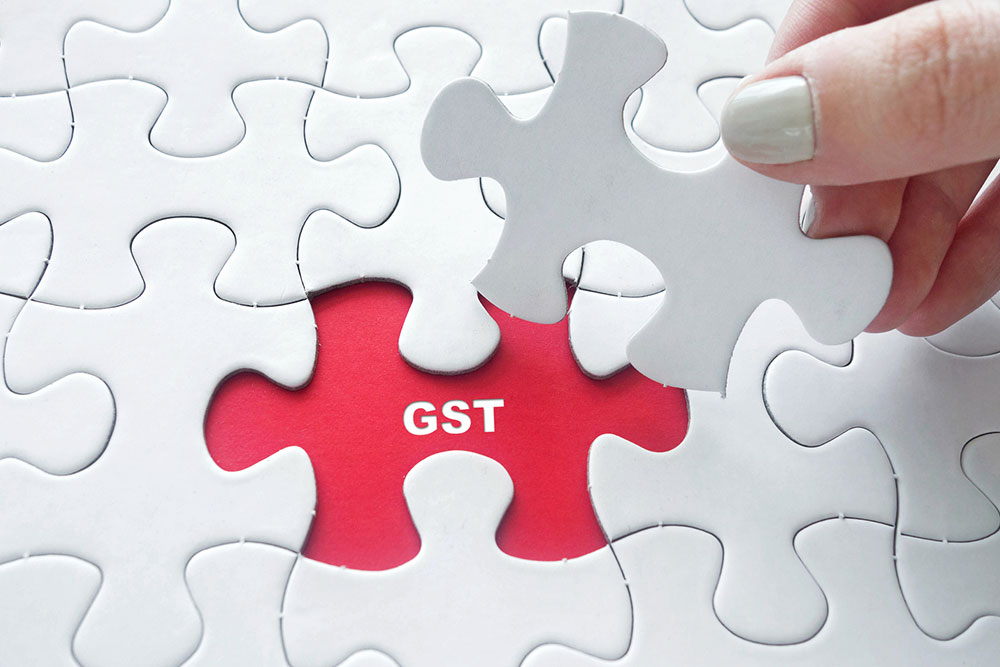Key Things to Know About GST Payments and Refunds
GST, or goods and services tax, is a tax on most goods and services sold for domestic consumption in some countries. Although consumers pay this tax, the amount is remitted to the government by the businesses selling these taxable goods and services. One can also sometimes claim a small amount back from the authorities as a refund. Here are some details about GST payments and refunds that might be helpful.

GST in India
These payments are divided into three different categories in the country:
- IGST : This tax is paid to the central government when there is an interstate supply of goods.
- SGST : It is a payment made to the state authorities when the supply is within the state.
- CGST : This tax is also paid when the supply is within the state; however, the amount goes to the center.
Dealers must also make other forms of payments to the government when conducting business. Here are four examples:
- TDS : Also known as “tax deducted at source,” the dealer deducts this tax before paying the supplier.
- TCS : TCS or “tax collected at source” applies to e-commerce aggregators. The rule says that dealers selling through e-commerce sites will get their payment after a 2% TCS deduction.
- Reverse charge : In this case, the liability of paying the tax moves from the goods and service provider to that of the receiver.
- Misc : Dealers may also have to shell out interest, late fees, or penalties wherever applicable.
GST payment calculation
The figure one gets after deducting the input tax credit from the outward tax liability is the GST payment to be made. Businesses must deduct the TDS and TCS from the total GST to determine the net payable figure. If any interest or late fees are applicable, they will be added to this payable figure.
These payments are to be made under GSTR 3 and should be filed by the 20th of every month. It can be done by generating a slip on the GST portal for both online and offline GST payments. If the tax liability of a dealer is more than ₹10,000, they need to file the GST online and not offline.
Refunds
While one can claim refunds online through the GST portal, there is a deadline. Here are some instances where GST can be claimed:
- Tax refund for international tourists
- Refund on tax paid on purchases made by the Embassies or the UN bodies
- ITC accumulation due to the output being tax exempted or being nil-rated
- Finalization of provisional assessment
- Dealer exports (includes deemed export of goods or services) to be claimed under rebate or refund according to the guidelines
GST in Canada
Goods and services tax and harmonized sales tax (HST) go hand in hand in Canada and are applied to most goods and services supplies within the country. These taxes are also applied to many suppliers of properties like land and buildings. Further, they are applied to other intangible personal property, like trademarks, patents, and digitized products downloaded from the internet. While the GST rate is 5%, the HST rate can vary depending on the province.
GST payments liability
Almost everyone has to pay GST/HST tax on purchasing supplies of properties and taxable services. However, there are some cases in which individuals are exempted from the tax. This benefit applies to those registered under the Indian Act and entities controlled by the Indian band. Some other groups and organizations may also be left out of this payment.
GST refunds
The country’s revenue agency makes GST/HST refunds called credits to individuals with low or modest incomes in Canada. These are tax-free, quarterly payments made to the family, which help offset the amount of GST/HST they have paid in the entire year. In fact, in some cases, when the family is eligible, they also get provincial and territorial credits for their yearly spending.
GST credit eligibility
One must meet certain criteria to be eligible for these credits. For example, the net family income should be below a certain number. In the year 2022, this threshold was $52,255 to $69,105. However, other factors like marital status and number of children also matter. Moreover, one must be considered a Canadian resident during the time of the credit. Other criteria include:
- Being 19 years old and above
- Having or having had a spouse/common-law partner
- Being a parent (currently or in the past) and living or having lived with the child
Canadian citizens filing annual tax returns are automatically considered for these GST/HST tax credits. If someone is new to the country, they have to fill out Form RC151 if they do not have children. If they have children, they must fill out Form RC66 to be considered for this tax credit. Those who are unsure about whether they are eligible for credit payments in 2024 can visit the revenue agency’s website for more details.

